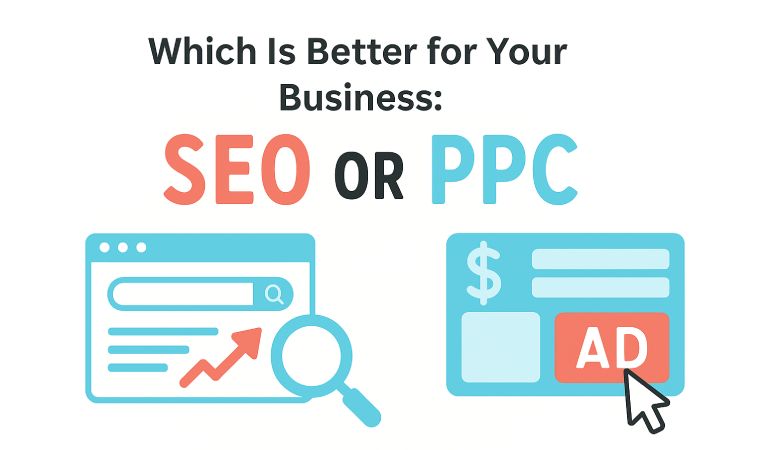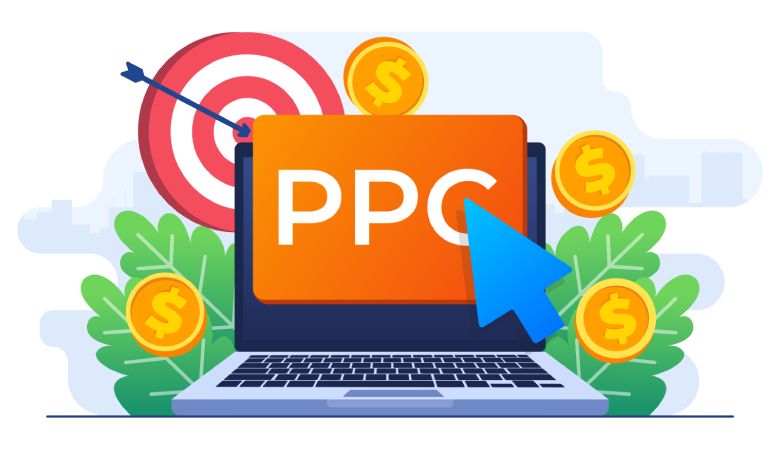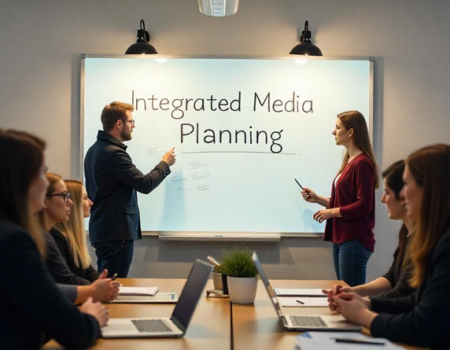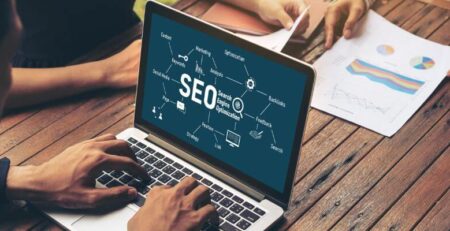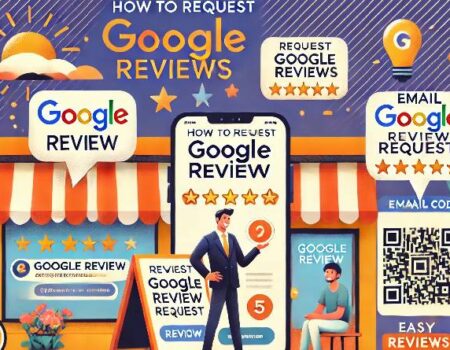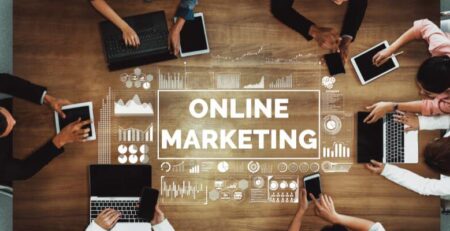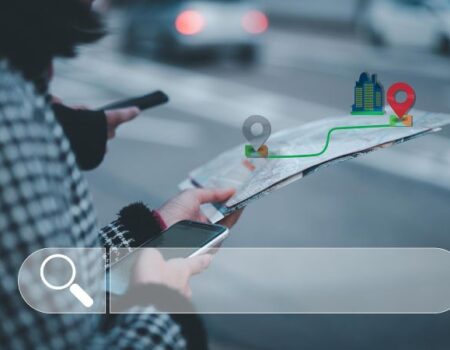Which Is Better for Your Business: SEO or PPC?
SEO and PPC each offer distinct advantages depending on business objectives. Both strategies play crucial roles in digital marketing but operate in different ways.
SEO builds long-term authority and drives organic traffic, while PPC provides immediate visibility and quick results.
Determining which channel to prioritize can be challenging when budgets are limited and results must be justified.
The right approach varies based on business goals, industry competition, timeline, and available resources.
This article breaks down the key differences, advantages, and trade-offs between SEO and PPC, offering insights to help allocate marketing resources effectively.
SEO: Building Long-Term Visibility and Value
Search Engine Optimization (SEO) aims to enhance organic presence by leveraging quality content, technical performance, and credible backlinks.
Though it doesn’t yield immediate results, SEO contributes to sustainable growth. Once established, high-ranking pages can generate steady, high-intent traffic with minimal ongoing investment.
The Strategic Role of SEO in Sustainable Digital Growth
Core Advantages of SEO
SEO is a cornerstone for long-term digital marketing strategies, offering a path to sustained visibility without ongoing ad spend. While it demands upfront investment, the long-term returns can make it a highly efficient choice.
- Sustained Traffic Without Per-Click Costs
SEO involves initial investment in content creation and optimization, but once rankings are established, it can generate consistent traffic without additional cost per visit.
- Greater Trust and Credibility
Organic search results are more trustworthy than paid ads. Higher click-through rates on organic listings highlight SEO’s role in building brand authority and consumer confidence.
- Compounding Growth Over Time
SEO delivers cumulative benefits. As more high-quality content and backlinks are developed, domain authority strengthens, making it easier to rank for additional keywords in the future.
Challenges and Limitations of SEO
Despite its benefits, SEO also comes with inevitable trade-offs that businesses must be prepared to manage.
- Delayed Results
SEO efforts typically take months to yield results, particularly in competitive markets. It’s a long-term strategy rather than a short-term fix.
- Search Algorithm Volatility
Frequent updates to search engine algorithms can impact rankings. Even well-performing content may experience fluctuations, especially if it is not built on solid SEO fundamentals.
Ideal Scenarios for Leveraging SEO
SEO is particularly effective when the goal is to:
- Build long-term brand recognition and authority.
- Drive reliable, cost-effective traffic and leads over time.
- Navigate industries with high-paid advertising costs.
- Establish a content-driven approach to sustained engagement and visibility.
PPC Advertising: Harnessing the Power of Immediate Visibility
What Is PPC?
Pay-Per-Click (PPC) advertising delivers instant visibility across search engines and digital platforms. Campaigns can go live almost immediately, allowing brands to appear in front of targeted audiences without delay. However, this visibility is tied directly to budget—once spending stops, so does the traffic.
When managed strategically, PPC can be highly effective for generating high-quality leads and rapid sales.
Key Advantages of PPC
PPC offers several compelling benefits, making it a valuable asset in fast-paced marketing environments.
- Instant Traffic and Fast Results
Unlike SEO, which takes time to build momentum, PPC delivers immediate placement in search results or social feeds. Ads can go live as soon as they’re approved, offering a direct path to quick engagement.
- Precision Targeting
PPC enables detailed audience targeting based on search intent, location, device, demographics, interests, and behavior. This level of granularity ensures that campaigns focus on the most relevant users, improving efficiency and potential ROI.
- Real-Time Measurement and Scalability
Every element of a PPC campaign—from impressions and clicks to conversions—is trackable. This data-driven approach allows for quick optimizations, budget adjustments, and performance scaling, providing control unmatched by organic channels.
Potential Challenges of PPC
While PPC offers rapid returns, it also has limitations that require careful planning and active management.
- High Ongoing Costs
PPC operates on a pay-to-play model. Without continuous funding, visibility and traffic cease. High competition and cost-per-click (CPC) can also challenge profitability if campaigns aren’t optimized effectively.
- Ad Fatigue and Declining Engagement
Repetitive ad exposure can lead to lower engagement over time. To maintain campaign effectiveness, creative assets, audience segments, and bidding strategies must be regularly updated.
When PPC Is Most Effective
PPC is especially suitable in scenarios where speed and precision are essential, such as:
- Introducing a new product or service requiring immediate attention
- Promoting time-sensitive offers or seasonal campaigns
- Competing in highly competitive markets where organic ranking is difficult
- Driving high-value transactions in industries with substantial return potential
Key differences between SEO and PPC across important factors
| Category | SEO (Search Engine Optimization) | PPC (Pay-Per-Click Advertising) |
|---|---|---|
| Speed of Results | Slow – takes weeks to months to see results | Immediate – ads appear as soon as campaigns go live |
| Cost Structure | No cost per click, but requires upfront investment in content/tech | Pay per click – ongoing budget required for visibility |
| Traffic Sustainability | Long-term – traffic continues after initial investment | Short-term – traffic stops when budget ends |
| Trust & Credibility | Higher – users often trust organic results more | Lower – ads are typically seen as promotional |
| Targeting Precision | Limited – based on content and user queries | High – detailed targeting by location, behavior, demographics |
| Performance Tracking | Indirect – measured through analytics and rankings | Direct – full visibility of clicks, conversions, ROI |
| Adaptability | Slower – content and ranking updates take time | Fast – campaigns can be adjusted in real time |
| Scalability | Gradual – scales as content and authority grow | Immediate – scalable based on budget and goals |
| Risk Factors | Vulnerable to algorithm changes, slower response to trends | Rising CPCs, ad fatigue, and potential diminishing returns |
| Best Use Cases | Long-term brand building, content marketing, and cost-effective traffic | Product launches, time-sensitive offers, and high-competition spaces |
Partner with our Digital Marketing Agency
Ask Engage Coders to create a comprehensive and inclusive digital marketing plan that takes your business to new heights.
Conclusion: Choosing the Right Strategy for Your Goals
SEO and PPC are powerful digital marketing tools, each offering unique advantages depending on business needs, timelines, and resources. SEO is ideal for building long-term visibility, trust, and cost-effective traffic, while PPC excels at delivering immediate results with precise targeting and measurable outcomes.
Rather than viewing SEO and PPC as competing strategies, many successful brands use them together to create a balanced, multi-channel approach. By leveraging both strengths, businesses can achieve short-term wins through PPC while laying the foundation for sustainable growth with SEO.
Ultimately, the most effective strategy is aligned with your goals, audience, and available resources, ensuring that every marketing dollar is invested wisely.
